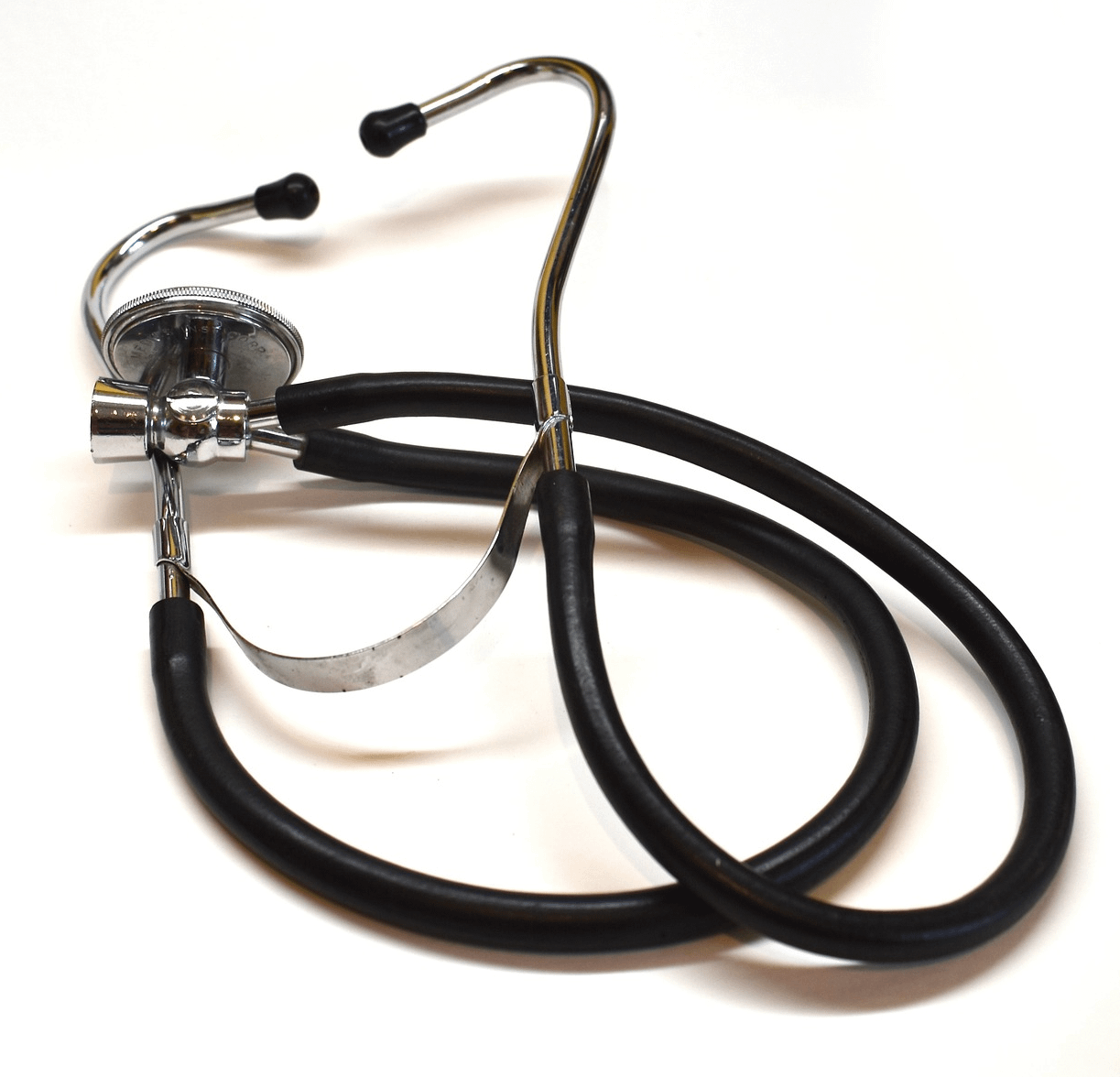President Obama is committed to working with Congress to pass comprehensive health reform this year. Many of our clients have questioned what this plan entails. The Obama plan issues a mandate to control rising health care costs, guarantee choice of doctor, and assure high-quality, affordable health care for all Americans. The Administration believes that comprehensive health reform should:
- Reduce long-term growth of health care costs for businesses and government;
- Protect families from bankruptcy or debt because of health care costs;
- Guarantee choice of doctors and health plans;
- Invest in prevention and wellness;
- Improve patient safety and quality of care;
- Assure affordable, quality health coverage for all Americans;
- Maintain coverage when people change or lose their job; and
- End barriers to coverage for people with pre-existing medical conditions
The Obama Administration argues that health insurance reform will benefit New York, in part by ending the Hidden Tax and Saving NY Residents Money. [1] Right now, providers in New York lose over $9.3 billion in bad debt which often gets passed along to families in the form of a hidden premium “tax”. [2] The Obama Administration suggests that health insurance reform will tackle this financial burden by improving our health care system and covering the uninsured, thereby allowing the 202 hospitals [3] and the 88,179 physicians [4] in New York to better care for their patients.
Health Insurance Premium Relief:
Premiums for residents of New York have risen 97% since 2000. [5] The Administration claims that through health insurance reform, 2,051,100 to 2,410,800 middle class New York residents will be eligible for premium credits to ease the burden of these high costs. [6]
Strengthening Small Businesses:
331,598 employers in New York are small businesses. [7] The Administration states that with tax credits and a health insurance exchange where they can shop for health plans, insurance coverage will become more affordable for them.
Reforms that Reduce Your Costs:
Under the Obama Administration is health insurance reform proposal, insurance companies will allegedly be prevented from placing annual or lifetime caps on the coverage that individuals receive. Insurance companies will also have to abide by yearly limits of how much they can charge for out-of-pocket expenses. The Administration claims that this would help 143,700 households in New York struggling with high health care expenses.
Insurance Stability and Security:
The Obama Administration claims that health insurance reform will strengthen our system of employer-based health insurance, with an additional 188,900 people in New York potentially getting insurance through their work. It is suggested that health insurance reform will also ensure that there will be guaranteed choices of quality and affordable health insurance if an individual loses his job, switches jobs, or move.
Eliminating Discrimination by Insurance Companies:
8% of people in New York have diabetes [8], and 27% have high blood pressure [9] – two conditions that insurance companies could use as a reason to discriminate against individuals. It is suggested that health insurance reform will build on existing state policies to end discrimination that unfairly charges some people more than others.
One-Stop Shopping – Putting Families in Charge:
With the new health insurance exchange, it is claimed that individuals can easily and simply compare insurance prices and health plans and decide which quality affordable option is right for them and their family.
Guaranteeing Choices:
The largest health insurer in New York holds 26% of the market, which limits the choices that individuals have for finding coverage. [10] It is said that with a competitive public insurance option, individuals will have more choices due to increased competition that holds insurance companies accountable.
Preventive Care for Better Health:
34% of New York residents have not had a colorectal cancer screening, and 18% of women have not had a mammogram in the past 2 years. [11] By requiring health plans to cover preventive services for everyone, investing in prevention and wellness, and promoting primary care, the Administration suggests that health insurance reform will work to create a system that prevents illness and disease instead of just treating it when it’s too late and costs more.
Improving Care for Children and Seniors:
19% of children in New York have not visited a dentist in the past year, and 30% of seniors did not receive a flu vaccine. [12] Health reform promises to ensure coverage for kids’ dental, vision, and hearing needs, and will promote quality coverage for America’s seniors, including recommended immunizations.
The Obama Administration indicates that it wants to stop sky-rocketing health care costs which are hurting families, forcing businesses to cut or drop health benefits, and straining state budgets. It contends that millions are paying more for less.
Roughly 11.2 million people in New York get health insurance on the job, where family premiums average $13,971, about the annual earning of a full-time minimum wage job. [13] Since 2000 alone, average family premiums have increased by 97% in New York.
Household budgets are strained by high costs:
16% of middle-income New York families spend more than 10% of their income on health care. [14] High costs block access to care. For example, 12% of people in New York report not visiting a doctor due to high costs.
14% of people in New York are uninsured, and 67% of them are in families with at least one full-time worker. [15] The percent of New Yorkers with employer coverage is declining: from 61% to 59% between 2000 and 2007. Much of the decline is among workers in small businesses. While small businesses make up 81% of New York businesses, only 51% of them offered health coverage benefits in 2006, which is down 3% since 2000.
Choice of health insurance is limited in New York. GHI alone constitutes 26% of the health insurance market in New York, with the top two insurance providers accounting for 47%. [16]
The Agency for Health Care Research and Quality rates the overall quality of care in New York as “Average.” Again, some preventative measures that could keep New Yorkers healthier and out of the hospital are deficient, leading to problems across the age spectrum:
- 17% of children in New York are obese.
- 18% of women over the age of 50 in New York have not received a mammogram in the past two years.
- 34% of men over the age of 50 in New York have never had a colorectal cancer screening.
- 70% of adults over the age of 65 in New York have received a flu vaccine in the past year. [17]
President Obama states that he is committed to working with Congress to pass health reform this year that reduces costs for families, businesses and government; protects people’s choice of doctors, hospitals and health plans; and assures affordable, quality health care for all Americans.
Tort Reform:
It costs a great deal of money, and as great or greater an amount of valuable time, for a medical practitioner to protect himself or herself against malpractice lawsuits. The amount of money involved may run as high as $100 billion a year. The President himself referred to the cost of “unnecessary tests and procedures as part of a ‘defensive’ medicine culture created in part by the risk of medical malpractice lawsuits.” He called the cost of health care “a threat to our economy” and “a ticking time-bomb.” However, at this time, President Obama has not included any tort reform proposals in his Healthcare Reform program. Many people, including most physicians, believe the solution to high health care costs is medical malpractice reform.
What are your thoughts about this plan? If you are not involved, we thought you might want to know what is intended. If you are not a member of a local medical society, joining is one way to have your voice heard. Please contact MSSNY or your local county society to let them know your thoughts.
*If you have any questions, please feel free to call Scott Einiger, Esq. at (212-) 279- 9200.
[1] The information contained herein was gathered from the Official White House website and is a summary of the Obama Administration’s Health Reform proposal. The information was gathered by White House sources and is accessible, in more detail, at: www.whitehouse.gov
[2] Hospital uncompensated care cost is estimated using a GAO model and the Hospital Cost Reports. Total uncompensated care is computed as hospital uncompensated care divided by 63% (Hadley and Holahan’s study on “The Cost of Care for the Uninsured” for Kaiser in 2004 found that hospitals account for 63% of total uncompensated care). Data expressed in 2009 dollars using Centers for Medicare and Medicaid Services, “National Health Expenditure Data.”
[3] 2007 AHA Annual Survey Copyright 2009 by Health Forum LLC, an affiliate of the American Hospital Association, special data request, March 2009. Available at http://www.ahaonlinestore.com.
[4] American Medical Association, Physicians Professional Data, year of data 2008, copyright 2008: Special Data Request.
[5] Center for Financing, Access and Cost Trends, AHRQ, Medical Expenditure Panel Survey – Insurance Component, 2000, Table II.D.1. Center for Financing, Access and Cost Trends, AHRQ, Medical Expenditure Panel Survey – Insurance Component, 2006, Table X.D. Projected 2009 premiums based on Centers for Medicare and Medicaid Services, “National Health Expenditure Data.”
[6] U.S. Census Bureau, Current Population Survey. Annual Social and Economic Supplements, March 2007 and 2008.
[7] Center for Financing, Access and Cost Trends, AHRQ, Medical Expenditure Panel Survey – Insurance Component, 2006, Table II.A.1a.
[8] Behavioral Risk Factor Surveillance System Survey Data. Atlanta, Georgia: U.S. Department of Health and Human Services, Centers for Disease Control and Prevention, 2008.
[9] Behavioral Risk Factor Surveillance System Survey Data. Atlanta, Georgia: U.S. Department of Health and Human Services, Centers for Disease Control and Prevention, 2007.
[10] American Medical Association. (2008,2009). “Competition in health insurance: A comprehensive study of U.S. Markets: 2008 Update,” American Medical Association.
[11] Behavioral Risk Factor Surveillance System Survey Data. Atlanta, Georgia: U.S. Department of Health and Human Services, Centers for Disease Control and Prevention, 2007.
[12] Behavioral Risk Factor Surveillance System Survey Data. Atlanta, Georgia: U.S. Department of Health and Human Services, Centers for Disease Control and Prevention, 2007.
[13] Center for Financing, Access and Cost Trends, AHRQ, Medical Expenditure Panel Survey – Insurance Component, 2006, Table X.D. Projected 2009 premiums based on Centers for Medicare and Medicaid Services, “National Health Expenditure Data,” available at http://www.cms.hhs.gov/nationalhealthexpenddata/.
[14] Center for Financing, Access and Cost Trends, Agency for Healthcare Research and Quality, Medical Expenditure Panel Survey, 2006.
[15] U.S. Census Bureau, Current Population Survey. Annual Social and Economic Supplements, March 2007 and 2008.
[16] Agency for Health Care Research and Quality. 2008 State Snapshots. Available http://statesnapshots.ahrq.gov/.
[17] Behavioral Risk Factor Surveillance System Survey Data. Atlanta, Georgia: U.S. Department of Health and Human Services, Centers for Disease Control and Prevention, 2007.





